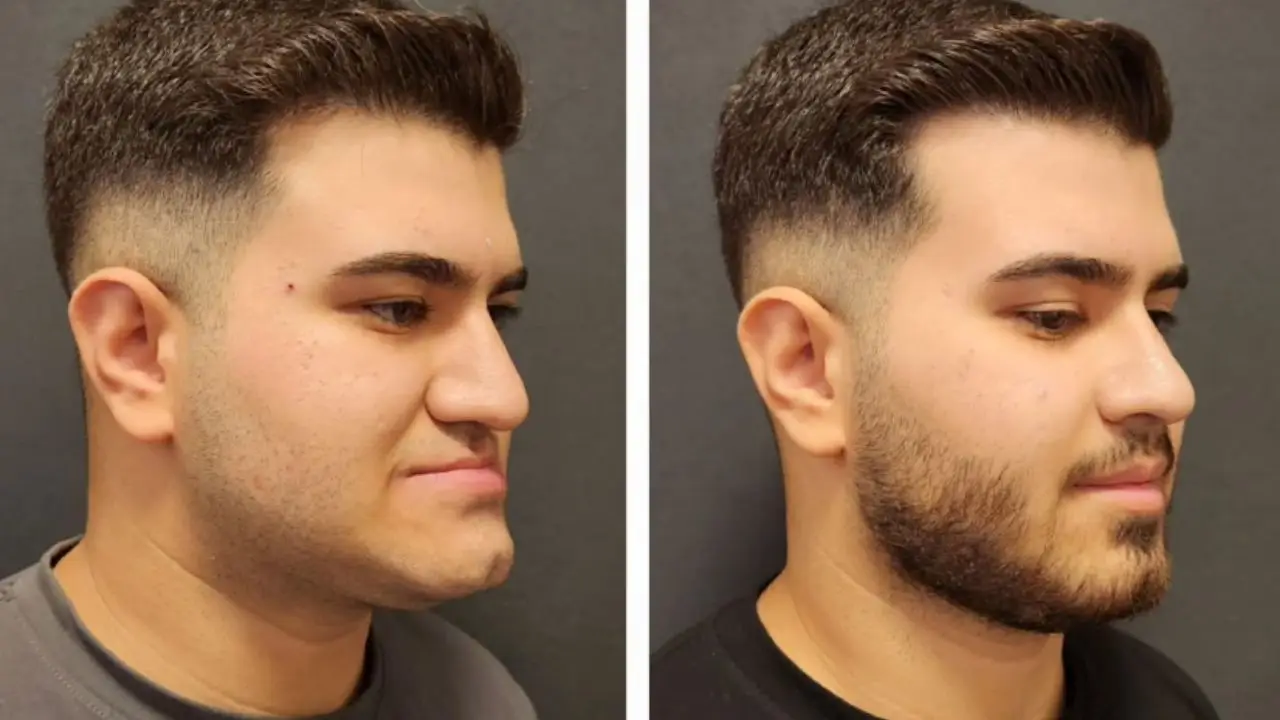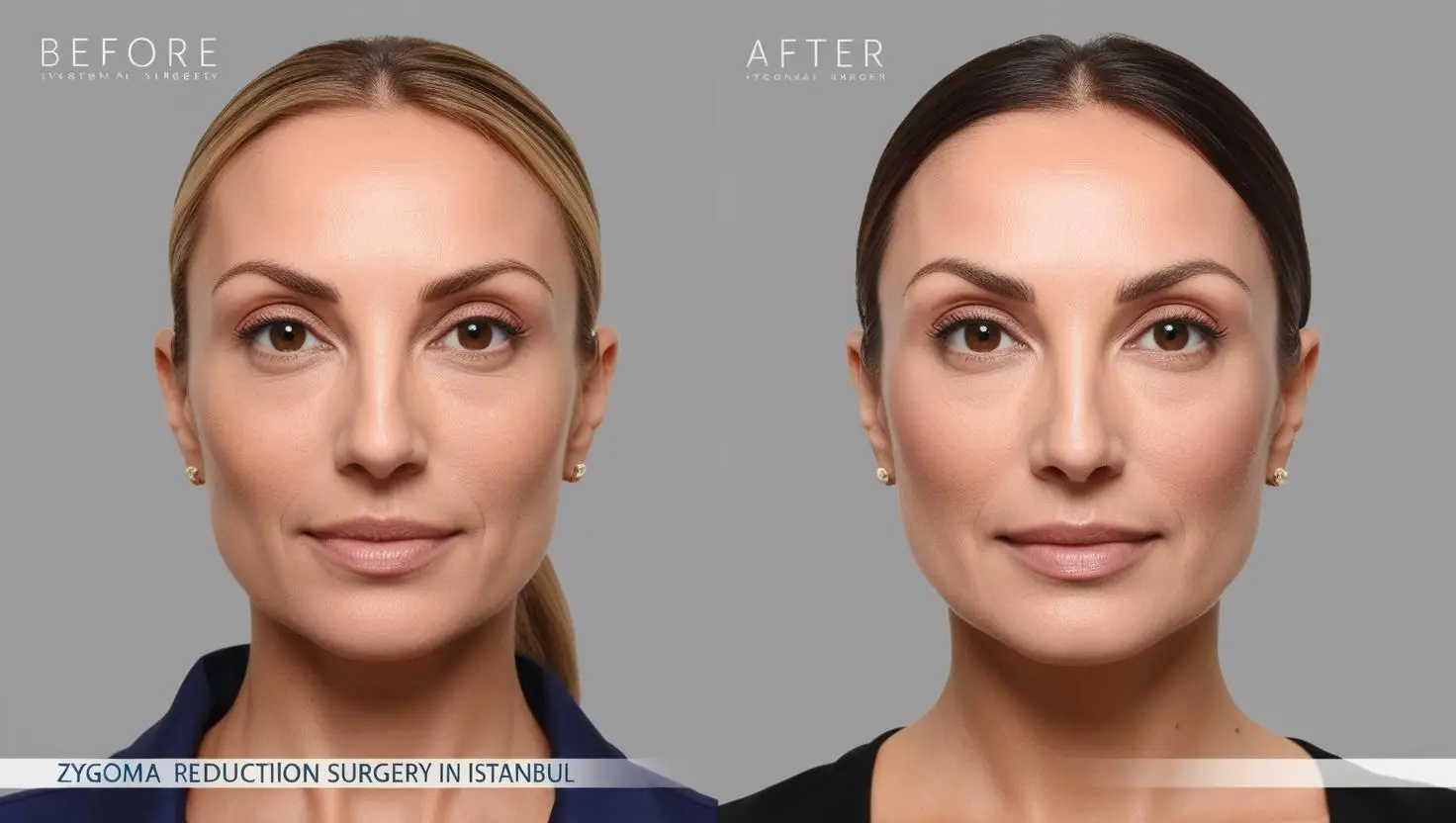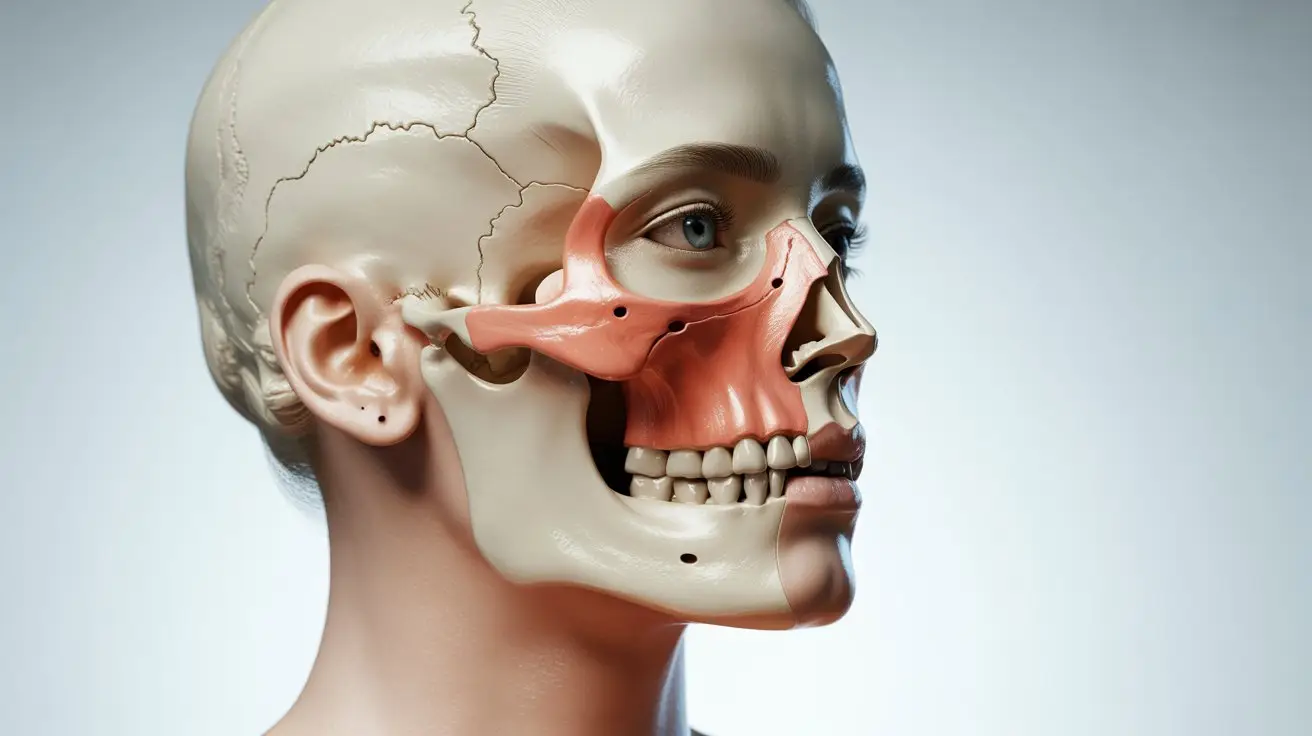Implants for facial trauma are medical materials used to reconstruct soft tissues and facial bones. They are chosen to repair deformities caused by accidents, injuries, or illnesses. Additionally, they are effective solutions for correcting congenital facial deformities.
There are various types of implants used in the facial region. These products, differing in size, structure, type, and material, help reshape the face. They not only address deficiencies in soft tissues and bones but also provide solutions for aesthetic concerns, Implants for Facial Trauma.
What Are Facial Implants Used For?
Facial implants for trauma are used to improve the aesthetic appearance of the face and address functional issues. The primary use is to correct tissue and bone deformities caused by trauma. However, these medical materials also have many other benefits, some of which are outlined in the table below:
| Benefits | Description |
| Asymmetry | Corrects problems of facial asymmetry, whether congenital or caused by trauma. |
| Volume Loss | Used to restore volume lost due to aging, illness, or trauma. |
| Reshaping | These medical materials placed in areas like the cheekbones and chin help reshape the face. |
| Deformity | Corrects deformities in areas such as the jaw and cheekbones. |
| Combined Treatment | Can be applied alongside other treatments like eyelid surgery, face-lifts, and rhinoplasty. |
Facial implants for trauma yield effective results when applied correctly, but the experience of the surgeon is also crucial to success. Prof. Dr. Celal Çandırlı, with his extensive experience, contributes to meeting patients’ expectations. For more information about facial implants and orthognathic surgery, feel free to contact us at any time.
Implants for Facial Trauma are placed in various parts of the face. Some common areas include:
- Lower jawbone
- Cheekbones
- Chin
- Upper jawbone
- Temporomandibular joint
These medical materials, which come in different sizes and dimensions, are custom-made for each patient. This ensures that they meet the patient’s specific needs. Facial implants for trauma have a transformative effect, allowing patients to essentially restart their lives.

Types of Implants for Facial Trauma
Facial implants for trauma involve different methods and techniques depending on the patient’s condition, the severity of the trauma, and its impact. The design, material, and placement technique of these medical materials, which are used for aesthetic purposes, are highly important. The types of implants that address both aesthetic and functional problems are as follows:
1 – Titanium Facial Implants for Facial Trauma
These are used to stabilize fractures in the facial bones and come in the form of plates and screws. Titanium is commonly used for fractures in the cheekbone, jawbone, eye socket, and nasal bone. These implants ensure that fractured bones are properly aligned and remain stable. Titanium plates and screws prevent bone movement during the healing process, increasing the success rate of treatment.
Titanium has high tensile strength and provides long-lasting solutions. Additionally, it is not a ferromagnetic metal, so it does not prevent patients from undergoing MRI scans for other medical conditions.
2 – Medpor (Polyethylene Medical Materials)
Medpor is a material used to fill in soft tissue deficiencies in the face. It can be used in the jawline, cheeks, under-eye hollows, and other facial areas. Its ability to correct contours is one of its key features.
Medpor has a porous structure, which allows it to integrate easily with tissues. It is a material with a high acceptance rate by the body and plays an important role in closing deformities.
3 – PEEK Implants (Polyetheretherketone)
PEEK is an advanced medical material used for reconstructing or repairing damaged facial bones. It is frequently chosen for treating facial bone fractures. This material, similar in rigidity to bone, is also successful in terms of mechanical durability in the treathment of Implants for facial trauma. Since it is radiolucent, it does not negatively affect the quality of MRI or X-ray images in most cases.

4 – Silastic Implants
These are medical materials used to increase soft tissue volume and are commonly known as silicone. They are also used for facial trauma implants. This material is preferred to correct volume loss and other aesthetic problems. The cheekbones and chin are among the most common application sites.
This material has a high tolerance by the body, providing stable, long-term results. Implants for facial trauma flexibility, softness, and similarity to natural tissue meet expectations during trauma treatment.
5 – Hydroxyapatite Implants
Implants for facial trauma have a structure similar to bone tissue. Due to their high biocompatibility, they can be used in the face and other parts of the body. This medical material, preferred for treating bone fractures, can also be used in place of a bone graft. Hydroxyapatite implants are highly effective in meeting expectations in the facial trauma implant category.
As a calcium phosphate-based compound, this material integrates with bone tissue. The likelihood of causing allergic reactions is very low, but it should only be used under the recommendation of experienced doctors.
Facial implants for trauma are used for a variety of purposes, such as treating fractures, addressing soft tissue deficiencies, and increasing bone volume.
How Is Facial Implant Surgery Performed?
Facial implants for trauma are placed in the designated area through surgery. This procedure is performed under general anesthesia, ensuring the patient does not feel any pain during the process. Incisions are made inside the mouth or in other appropriate locations to access the jawbone or other related areas. The implants are then placed. Depending on the patient’s condition, the procedures may vary.
Once the implants are placed for facial trauma, detailed checks are performed, and the surgery is completed. The recovery process for the patient then begins.
Recovery After Facial Reconstruction with Implants
Following the placement of facial trauma implants, it is crucial for patients to follow the doctor’s instructions and advice. Pain and swelling may occur in the treated area. Patients can manage this period with cold compresses and pain relievers. Antibiotics are also prescribed to prevent infection. Doctors specializing in facial implant surgery recommend that medications be taken regularly.
The incisions typically heal within 7-10 days, while bone fractures may take 4-6 weeks. Most patients return to their normal routines after 1-2 months.

Frequently Asked Questions About Implants for Facial Trauma
1 – What Are Facial Implants Used For?
Facial implants are used to fill volume deficiencies, treat bone fractures, and address bone tissue loss. These implants play a key role in reshaping the face, providing solutions for both aesthetic and functional problems.
2 – How Many Types of Implants Are Used in Facial Trauma?
There are different types of implants used for fractures and tissue loss resulting from facial trauma. Implants for facial trauma are custom-designed for the patient’s needs.
3 – What Is a Chin Implant?
Facial trauma implants are also used in the chin area. Implants for facial trauma are effective medical materials used to treat fractures or reshape the chin.
4 – Can Cheekbones Be Treated with Implants?
There are different types of chin implants used to increase the volume of the cheekbones or treat fractures in this area. Additionally, zygomatic implants used in dental implant treatment are placed in the cheekbones.
5 – How Is Asymmetry Treated in the Face?
Appropriate treatments are applied to the areas causing asymmetry. Implants for facial trauma are one of the treatment options for this issue.




